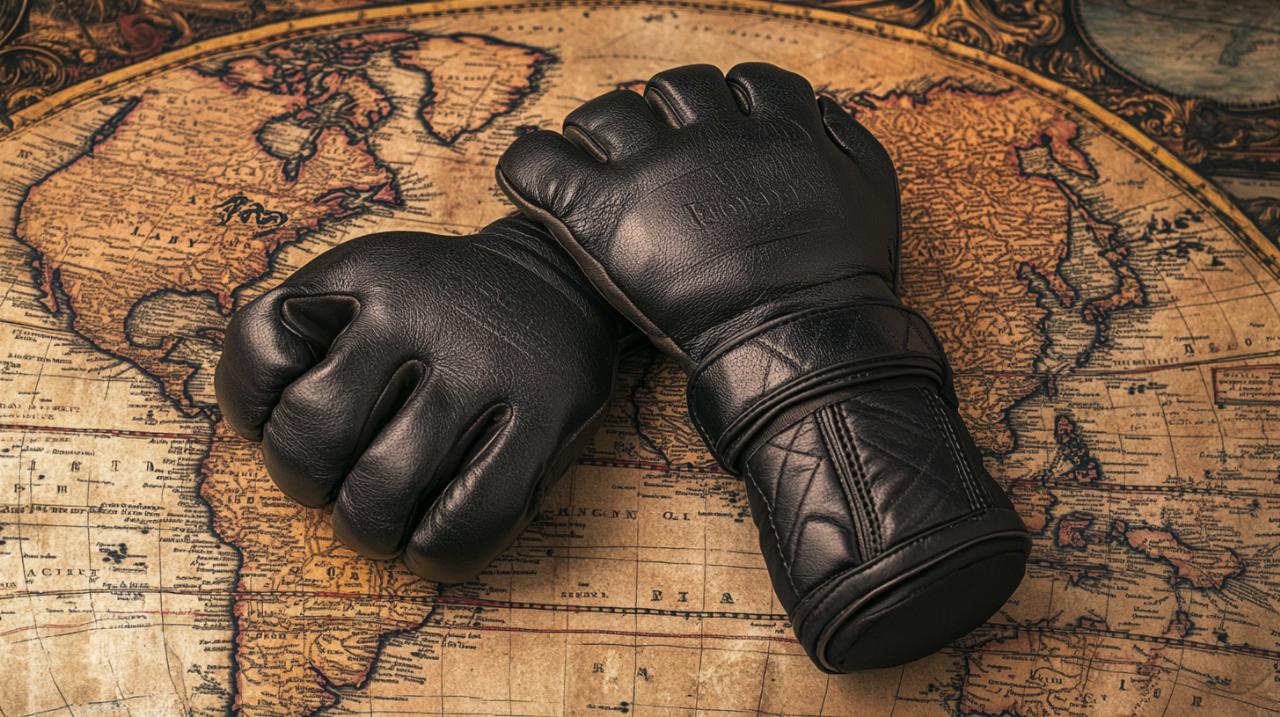When it comes to enhancing your workout routine and protecting your hands during intense training sessions, selecting the right equipment becomes absolutely essential. The market offers an impressive array of choices designed to meet diverse needs, from casual gym-goers to dedicated athletes pushing their limits with heavy compound movements. Understanding what sets apart various models and how specific features align with your training goals can transform your lifting experience, offering not just protection but tangible performance improvements that make every session more effective and comfortable.
Understanding the Essential Features of Quality Weightlifting Gloves
Navigating through the best weightlifting glove options requires a solid grasp of what truly matters in terms of construction and functionality. The foundation of any worthwhile pair lies in the materials used and the thoughtfulness behind their design. Quality gym gloves serve multiple purposes simultaneously: they protect your skin from the inevitable wear and tear of regular training, improve your grip on bars and handles, and help prevent the formation of painful calluses that can interrupt your progress. The right pair becomes an extension of your hands, enhancing rather than hindering your natural movement patterns whilst providing the support needed during challenging lifts.
Material selection and durability considerations
The choice of material fundamentally determines how your workout gloves will perform over time and how they'll feel during various exercises. Leather remains a popular option for those seeking durability and a premium feel, as it moulds beautifully to the shape of your hand over time, creating a personalised fit that synthetic alternatives struggle to match. Leather gloves demonstrate remarkable longevity, often lasting well over two years when properly maintained, though they do require special care to prevent drying and cracking. On the other hand, synthetic materials such as neoprene, microfibre, and polyurethane have carved out their own niche in the fitness equipment landscape. These modern fabrics offer distinct advantages, particularly in terms of breathability and ease of maintenance. Neoprene provides exceptional flexibility whilst maintaining structure, microfibre strikes an admirable balance between resistance to wear and airflow, and polyurethane presents an affordable entry point for beginners exploring weight training. Synthetic gloves typically last between six months and a year with regular use, making them a practical choice for those who train frequently and prefer straightforward cleaning routines. Brands like Harbinger and RDX Sports have invested heavily in advanced material technologies that push the boundaries of what workout gloves can achieve in terms of both performance and longevity.
Grip enhancement and palm protection technologies
The palm area of your lifting gloves deserves particular attention, as this is where the majority of contact with equipment occurs and where protection proves most critical. Modern designs incorporate sophisticated padding systems that serve dual purposes: distributing pressure evenly across your hands and absorbing the impact that comes with gripping heavy weights. Gel padding represents the premium option in this category, offering superior cushioning that genuinely makes a difference during extended sessions or when working with substantial loads. This technology excels at reducing fatigue and discomfort, allowing you to maintain proper form throughout your workout without distraction from sore palms. Foam padding provides a more budget-friendly alternative that still delivers adequate protection for general gym workouts, particularly when you're working with lighter to moderate weights. The grip enhancement features typically involve textured surfaces made from silicone or rubber, strategically placed to prevent slippage during pulling exercises like deadlifts and rows. These grip-boosting elements prove especially valuable for individuals with naturally sweaty hands or those training in warmer environments where moisture becomes a factor. Premium brands have developed proprietary grip technologies that outperform basic patterns, offering reliable traction without compromising the natural feel of the bar in your hands.
Matching Your Training Style with the Right Glove Design

Your specific approach to training should heavily influence which gloves you ultimately choose, as different configurations excel in different scenarios. A powerlifter focusing on maximum strength in compound movements has vastly different requirements compared to someone engaged in high-repetition CrossFit workouts or general fitness training. Understanding these distinctions helps narrow down the overwhelming array of options to those models genuinely suited to your needs, ensuring your investment delivers real value rather than ending up forgotten in your gym bag.
Full-finger versus fingerless glove configurations
The debate between full-finger and fingerless designs centres around the trade-off between protection and tactile sensitivity. Fingerless gloves have established themselves as the go-to choice for many weightlifters, offering enhanced ventilation that keeps hands cooler during intense sessions whilst preserving the direct connection with the bar that many athletes prefer. This configuration allows for better feedback about subtle shifts in grip and bar position, information that can prove crucial for maintaining proper lifting technique and preventing form breakdowns. The exposed fingertips also make it easier to perform tasks between sets without removing your gloves, adding a layer of practical convenience to training. Products like the Harbinger Pro Weightlifting Gloves exemplify this approach, combining fingerless design with robust palm protection and breathable construction. Full-finger gloves, conversely, provide comprehensive coverage that some athletes find beneficial, particularly when training in colder environments or when dealing with rough equipment surfaces. These designs offer maximum protection against blisters and abrasions across the entire hand, making them appealing for those new to weight training or anyone particularly prone to skin irritation. Bionic produces well-regarded full-finger fitness gloves that manage to maintain reasonable breathability despite the extended coverage, addressing one of the primary concerns with this style.
Wrist support features for heavy lifting sessions
Wrist support emerges as a critical consideration when your training involves substantial loads or exercises that place significant stress on these vulnerable joints. Many quality gym gloves incorporate extended cuffs or integrated wraps that provide stabilisation, helping to maintain proper wrist alignment during pressing and pulling movements. This feature becomes increasingly important as the weights you handle progress upward, as even minor misalignment can lead to discomfort or injury over time. Gloves designed with wrist support typically feature adjustable straps secured with Velcro, allowing you to customise the level of compression to match the demands of each exercise. The Harbinger Pro range, for instance, offers robust wrist support that reduces strain without restricting movement, striking a balance that allows natural range of motion whilst providing protective reinforcement. For those engaged in heavy lifting protocols, this integrated support can be preferable to using separate wrist wraps, as it consolidates your protective gear and streamlines your pre-set preparation. Budget-conscious athletes will find that brands like Grebarley offer impressive value for intermediate training levels, delivering functional wrist support features without the premium price tag associated with top-tier manufacturers. Beginners might start with more basic options from Domyos at Decathlon, which provide fundamental support suitable for learning proper technique with lighter weights before progressing to more specialised equipment. Regardless of your experience level, proper care through regular cleaning and thorough drying after each session will prevent bacterial growth and significantly extend the functional life of your gloves, ensuring they remain hygienic and effective throughout months of consistent use.
